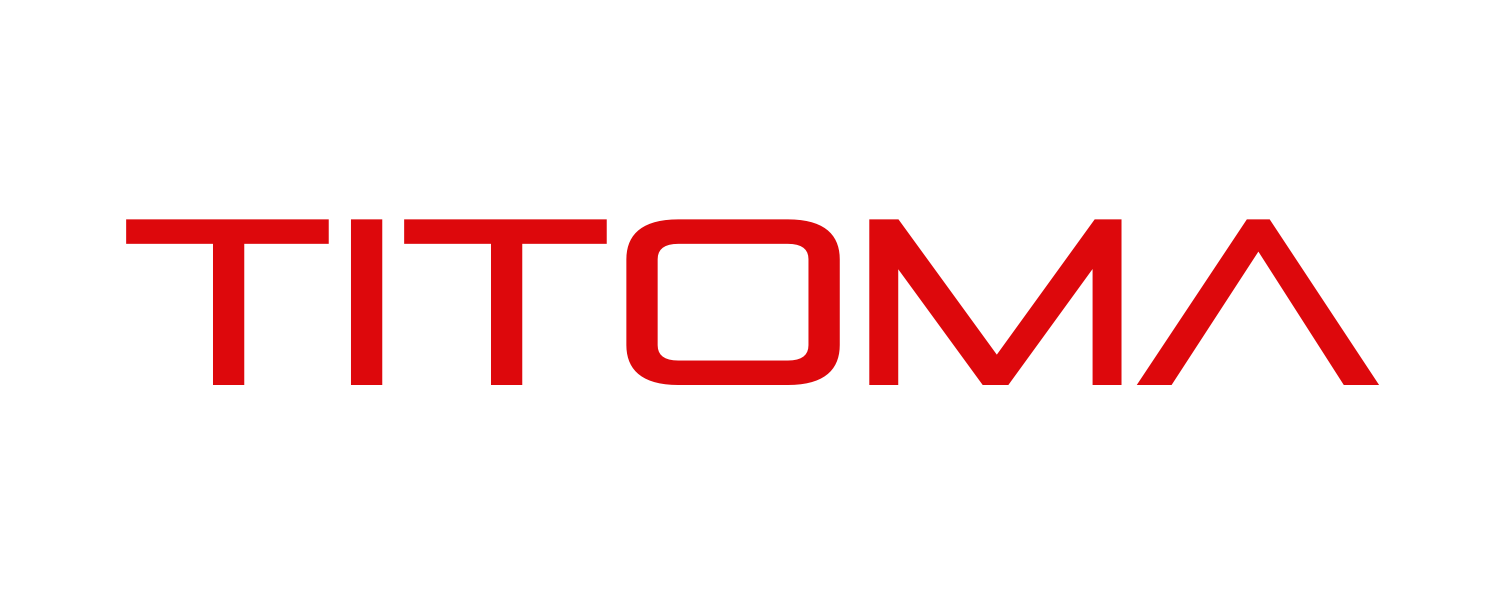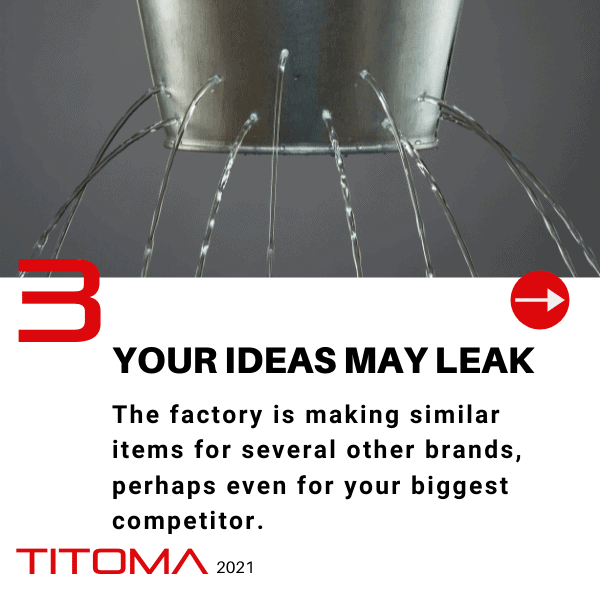
ODM Factory Design: How to Avoid Pitfalls
Mar 7, 2018
If you need a new electronic product manufactured, then the fastest and lowest-cost way to get this done would seem to find an ODM factory in China which already makes very similar products.
For a quick overview of the article please swipe to the left on the images below.
They have the leanest design and cost structure, the experience, the buying power, and the large production volume which allows for the lowest cost.
On top of that, the fee they charge to customize a product to your specifications is often only symbolic.
It all sounds very tempting, but having developed electronic products with factories in China and Taiwan for 20 years I’d like to share a few of my lessons learned:
1. Be aware you have no ownership
The changes you are requesting will be modifications to the design which is the Intellectual Property (IP) of the factory.
You may be working with the factory for a year, and pay them quite a bit of money in the process, but if in the end, you decide to part ways, they will not allow you to take the design elsewhere, so you will need to start from scratch.
One more reason to pick your partner very carefully.
2. Make sure you have a firm spec
It’s best to have your specifications completely clear and frozen before the start of the project because that is what you will get a competitive quote on.
If the spec evolves during the process it will be much harder to control the additional costs charged for additional features.
3. Your ideas may leak
Remember that this factory is making similar items for several other brands, perhaps even for your biggest competitor.
The large Taiwan ODM’s tend to be pretty serious about their “Chinese walls” between accounts, but with the Chinese ones, this is not a given.
Every improvement you introduce has a good chance to find its way into other products coming out of the same factory, and if your product idea is strong enough, it likely will become an item to be shown at their next trade show.
4. Bring big orders, or expect serious delays
Most factories have only very few engineers, and they tend to be manufacturing engineers rather than design engineers.
Their mission is crystal clear: keep the manufacturing lines humming. For a China ODM factory, new product development will always be a secondary priority.
Every client requiring R&D support goes on the little whiteboard with the top 5 clients, ranked by the likelihood of bringing in large orders, soon.
A factory may accept your project when their business is slow, but as soon as a bigger fish comes along you will be put on hold.
The best you can do is keep the factory engaged by regularly communicating on the numerous customers waiting for your new product.
5. Don’t try to be Steve Jobs
If your team keeps coming with improvements on the user interface, or if you’re picky about getting all the aesthetics just right, be aware that most factories have a very short attention span.
If your project requires too many rounds of optimization, no matter if they are caused by your changes or their mistakes, they may go for lower hanging fruits first.
They may stall, charge you ever higher fees (I have heard $100,000 for a firmware change), or flat out refuse to do any further modifications.
6. Accept that Firmware stays a Black Box
Plastics and PCB layouts can be copied fairly quickly, but recreating firmware may take a lot of time, and a factory which has spent years perfecting it, will not let it go.
This means your team will never get to see it. Unfortunately, the firmware is often their weakest spot, and so the issue most likely to create long delays.
Meanwhile, your own engineers and consultants are biting their nails, because they are not allowed to help the factory engineers, who keep on banging their head against the same wall for ages.
7. Don’t base a B2B product on a consumer platform
More likely than not, the platform the China factory uses is based on some local IC or ASIC.
These low-cost microprocessors are generally tightly tailored to support one standard reference design only, and when you try to customize, you tend to run into a lot of limitations, not to mention bugs.
Furthermore, lifecycles in the consumer industry tend to be short, ASIC’s go End Of Life (EOL) without much warning, and all your customization effort will have to be redone for the next generation.
My Advice
Despite these pitfalls, China still is the place to go for electronic manufacturing, see “What would happen if we stopped buying Electronics from China”.
If all you want to change is the logo and perhaps the color of the plastic then you’re likely fine with an ODM factory, as long as you communicate in exquisite detail and do good Quality Control.
But if you want to make substantial changes, and are not yet 100% sure what the final spec should be, then I really do not recommend picking a factory as your development partner.
Their business model is just not set up for it, and it’s a marriage that has a high likelihood to end in tears. This goes all the more if you don’t bring the purchasing power of someone like Apple.
In fact, if your company is considering raising additional funding, it is even more important to own your IP.
As for myself, in the beginning, I worked quite a bit with both Chinese and Taiwanese ODM’s, and some of them gave me good results.
But it always generated a lot of aggravation, and most importantly, took a LOT longer than promised.
Yet in the electronics industry market windows tend to close fast. So I have completely given up on this approach and at Titoma we do all engineering in-house, in our design centers in Taiwan and Colombia, giving us & our clients complete control.
Do you have more tips to prevent trouble? I’d love to hear from you!
Keesjan Engelen is CEO of www.titoma.com and has been developing electronic products in China & Taiwan for 20 years. He also wrote: Kickstarter Prototype to Production: $100K is not enough










